Want to find influencers to promote your brand on social media? If so, you’re not alone; with more and more brands turning to influencer marketing, the industry is expected to be worth $13.8 billion in 2021.
However, while it might seem like social media is endlessly full of influencers, not every influencer is the right collaborator for your brand. And that’s exactly what we’re going to explain in this article: how to analyze influencer profiles so that you can make confident decisions for your campaigns.
Establish your objective before you start your discovery
Before you can even start looking for influencers, you have to know what you want to get out of the campaign. Do you want to increase sales? Get new followers? Raise brand awareness? It’s important to define this early on so that your other decisions relate back to your goal.
Next, define your target audience. Think about the people you want to reach, and their age, gender, location, language, and interests. Which social network is the best channel to reach them?
Finally, decide what type of campaign you want to run. Will it be a one-off or recurring campaign? Do you plan to work with micro-influencers or mega influencers? What can you offer influencers in terms of incentive? What ideas do you have for the campaign content?
Every brand is different, so don’t compare yourself to your competitors. That being said, if you want to get some ideas, you can look at how some other brands have managed their influencer marketing campaigns.
Decide where and how you’ll search for influencers
Influencer discovery can be done in a few different ways. The method you choose depends on your marketing budget and how many influencers you need to find. To find influencers, you could:
- Search on social media (free, but more labor-intensive)
- Use an influencer marketing platform (subscription-based, but has built-in search and analytics capabilities)
- Hire an agency (the least work for you, bust the most expensive option)
If you only need to find a few influencers, searching directly on social media may be feasible. But if you want to find greater numbers of influencers, it’s worth looking into an influencer marketing platform or agency.
Find and analyze influencer profiles
If you decide to hire an agency, they will find influencers for you. But if you’re managing the influencer discovery yourself, you need to know what to look at when reviewing profiles. There are several key performance-driven metrics that can give us a fuller picture of an influencer’s profile.
An influencer marketing platform will show you an analysis of these metrics as part of its influencer report. If you’re searching directly on social media, you’ll have to either calculate these metrics manually or ask influencers for their media kit or internal metrics data.
Number of followers and growth throughout time
The first metric most people think of when it comes to influencers tends to be the number of followers. An influencer’s follower count shows their reach, or how many people will potentially see the content they post. Follower count also helps set the influencer’s fee; influencers with 10 followers charge far less than those with 100K, for example.
However, it’s equally important to look at how an influencer grew their follower base over time. Healthy growth is usually slow and steady. Influencers who attract new followers with the quality of their content may grow slowly, but they’re more likely to retain those followers.
This influencer’s growth is slow but steady, which suggests that is organic growth due to interest in their content. Source: Heepsy.
Peaks and falls in growth suggest that the influencer is getting a lot of followers fast, but later losing them. This could be due to a giveaway or viral moment, but it also could be indicative of bot followers.
Engagement rate
Engagement rate measures how much an influencer’s followers interact with their content. The more interactions (like likes or comments), the higher the engagement.
You can calculate engagement by adding up the total number of interactions on a post, dividing it by the number of followers, and then multiplying the result by 100.
The engagement rate depends on the social network and the number of followers. For example, you can’t compare Instagram influencers with 15K followers to Youtube influencers with 200K subscribers. Consequently, you have to find out the industry average for the influencer you’re evaluating.
An engagement rate analysis by an influencer marketing platform. The platform automatically compares an influencer to their peers to show you their engagement rate relative to the average. Source: Heepsy.
Audience demographics
Before selecting influencers to collaborate with your brand, make sure that their audience meshes with your target audience. Influencers generally have some things in common with their followers, but you shouldn’t assume that is always the case.
Look into the demographics of the influencer’s audience to see their age and gender, what countries they come from, what languages they speak, and what they’re interested in.
In this audience interests analysis, we can see that more than half of the influencer’s audience is interested in surfing. Source: Heepsy.
Checking audience demographics only takes a few moments, but it can make a big difference in your campaign’s success.
Audience authenticity
In addition to demographics, you should inquire into the authenticity of an influencer’s audience as well. This metric helps you see if an influencer’s audience is made up of real people or fake followers.
An authenticity analysis, showing that around 8% of the influencer’s audience looks suspicious. Source: Heepsy.
Influencer fraud is very real. In fact, in a 2019 survey, 50% of marketers said that noticing influencer fraud was their top challenge. So, it’s very important that as you analyze influencer profiles, you also lookout for any signs that can help identify fake influencers.
Conclusion
There are various ways to find influencers. But whichever method you choose for your discovery process, remember to carefully evaluate influencers’ performance-driven metrics.
In addition to vetting their metrics, it’s also important to consider an influencer’s perspective, aesthetic style, and content quality. While these things can’t be tracked with data, they are equally important to ensuring that your brand chooses the right influencer for its campaign.
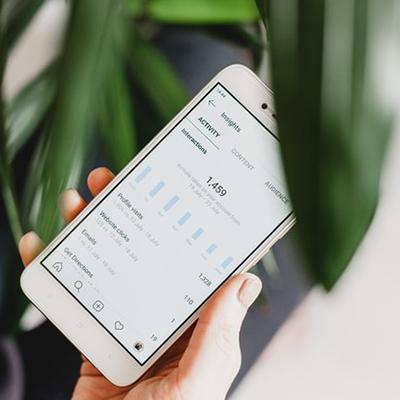
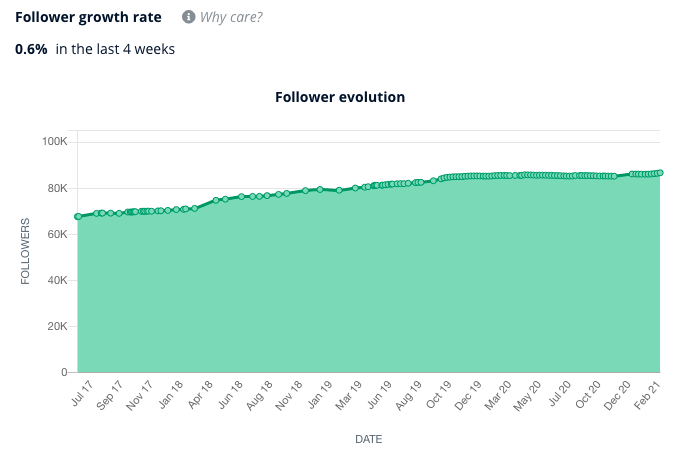
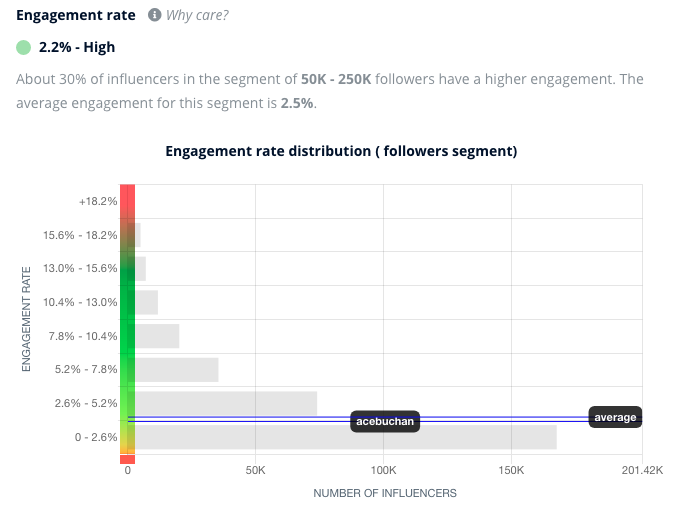
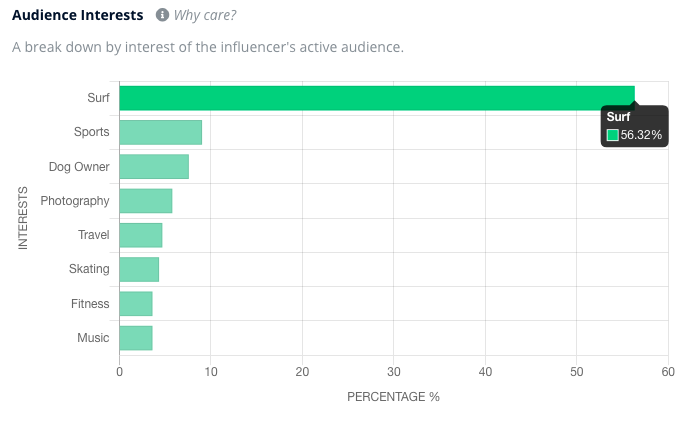
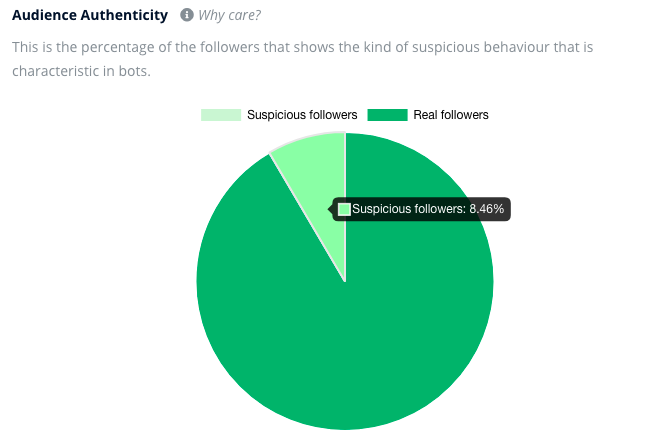
You can also stay updated by subscribing to iTechCode.